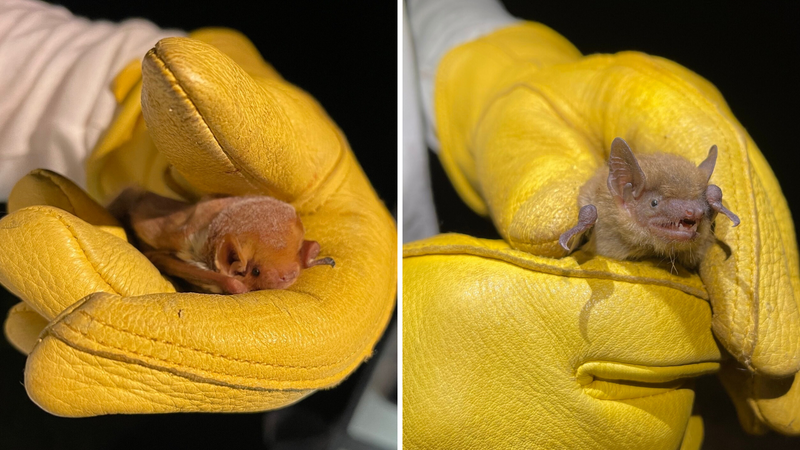
PHILADELPHIA (KYW Newsradio) — Some species of bats are eating spotted lanternflies, an invasive insect that’s caused millions of dollars of damage to trees and crops since its arrival in the United States 10 years ago.
Rutgers PhD candidate Erin McHale says bats eat invasive insects like stink bugs and corn earworms, so to find out if they eat spotted lanternflies, she fed uncontaminated bat guano (poop) into a machine to look for lanternfly DNA.
“I saw positives starting in July, which is when the adult insect is out. So after, you know, going through all my samples from 2018 to 2022, we did successfully find spotted lanternfly DNA in the bat guano. And this is the first time it's ever been done,” she said.
McHale says they can’t determine how many lanternflies a bat has eaten, and not every sample showed lanternfly DNA, but she did see an increase in positive samples year to year.
Spotted lanternflies are native to Asia and were first detected in the United States in Berks County in 2014. Since then, they’ve spread across Pennsylvania, New Jersey, Maryland and Delaware. They have even been reported as far away as Atlanta and Chicago.
McHale says the research shows how beneficial bats are in combatting pests and opens up a whole new set of questions, including whether evaluation of bat guano can be a key tool in tracking the spread of invasive species.
